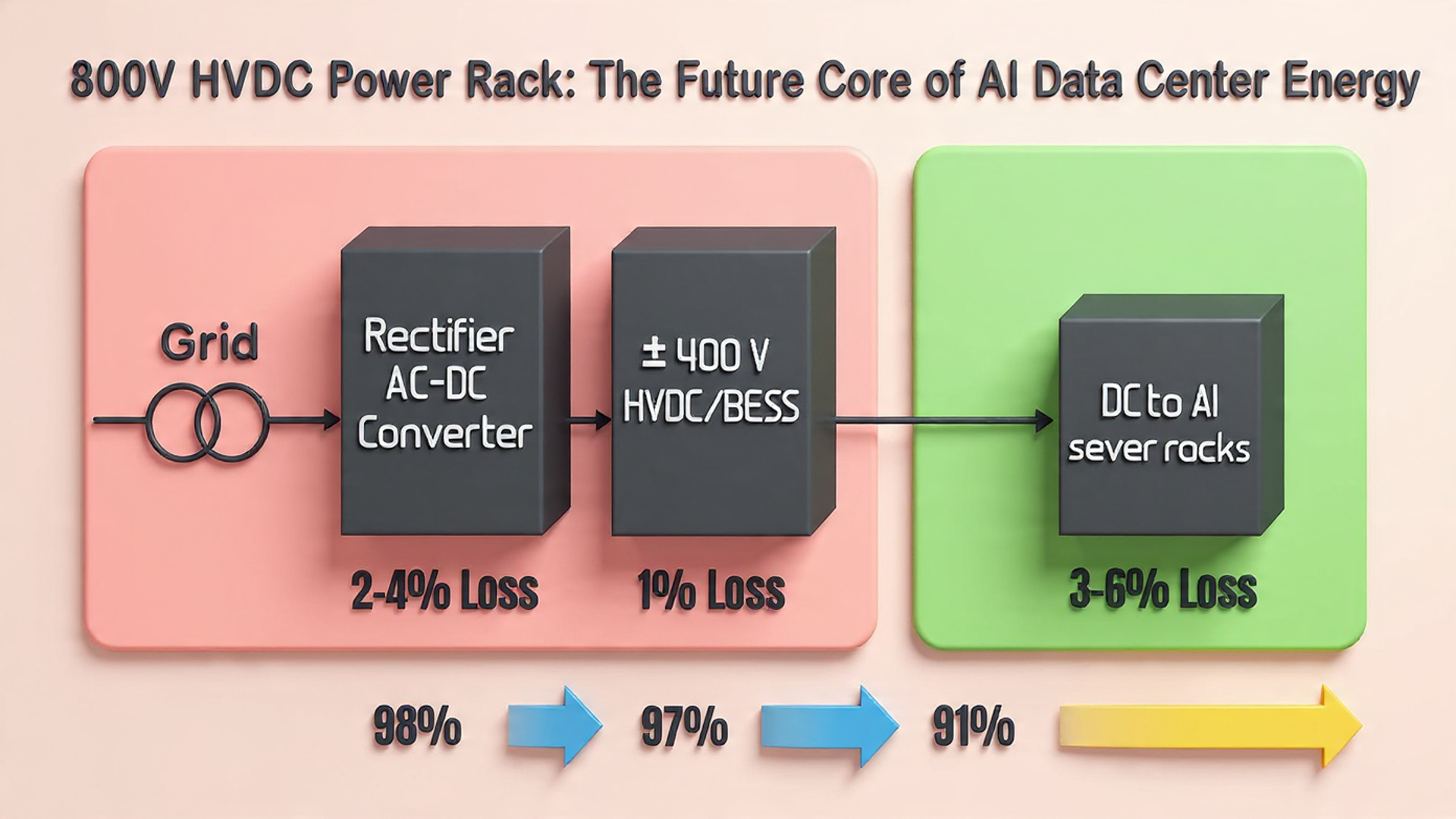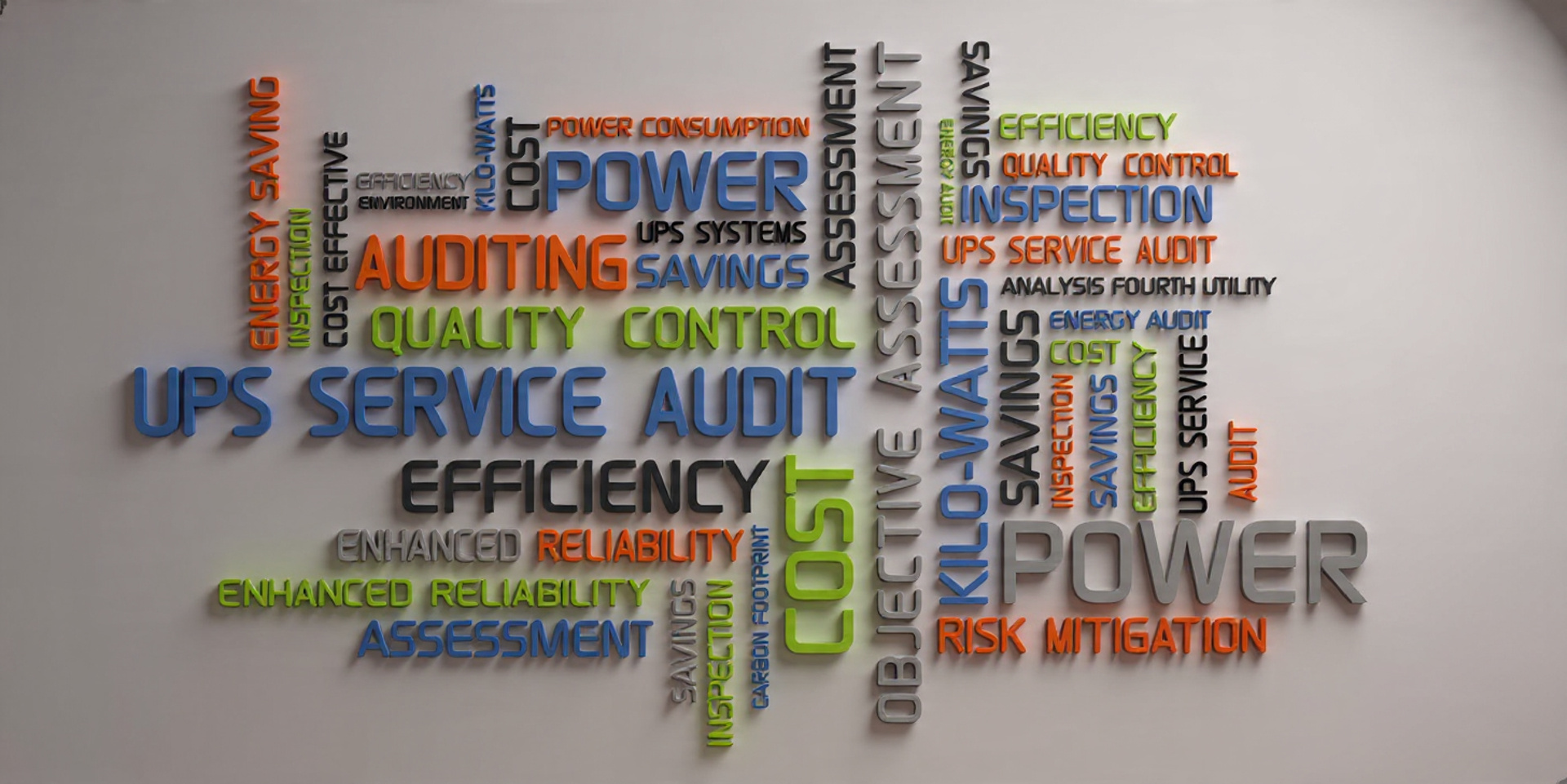UPS (Uninterruptible Power Supply) and EPS (Emergency Power System) serve different purposes and are used in different contexts, but both are related to providing power backup in case of electrical disruptions. Let's explore the applications of UPS and EPS:
1. UPS (Uninterruptible Power Supply):
Main Function: Online UPS systems are designed to provide a continuous and uninterrupted power supply to connected electronic devices in the event of power outages, fluctuations, or disturbances.
Applications:
- Computers and IT Equipment: UPS is commonly used to protect computers, servers, and networking equipment from sudden power loss, preventing data loss and system shutdowns.
- Data Centers: Large-scale UPS systems are employed in data centers to ensure continuous power to critical servers and infrastructure.
- Telecommunications: UPS is utilized in the telecommunications industry to maintain connectivity during power interruptions.
- Critical Industrial Equipment: Critical industrial processes and equipment may use UPS to prevent disruptions due to power fluctuations.
- Maintenance Challenges: UPS units are primarily designed for backup power for electronic equipment. So, Emergency lights may have different maintenance and requirements. Using a UPS for emergency lighting might not align with the specific needs and standards of emergency lighting systems.
2. EPS (Emergency Power System):
Main Function: EPS refers to a broader category of power backup systems designed to provide emergency power during unexpected failures or outages. In scenarios where the load typically runs on city power but switches to an inverter during outages, a significant advantage emerges. In this case, loads characterized by low power factor and induced harmonics do not need to rely on the inverter continuously. This selective usage enhances overall efficiency and prolongs the lifespan of our backup power unit. Moreover, it allows us to power a wide range of loads, including those that UPS systems may struggle to handle.
Applications:
- Life Safety Systems: EPS is crucial in facilities such as hospitals, where it powers life safety systems like emergency lighting, alarms, and medical equipment during power outages.
- Code Compliance: Emergency lighting systems are subject to building and safety codes that dictate their design and performance standards. Therefore, an EPS unit must be used. Using a UPS for emergency lighting may not comply with these codes, potentially posing safety and regulatory issues.
- Elevators: In buildings, EPS can be used to power elevators and ensure the safe evacuation of people during power failures.
- Emergency Lighting: Public spaces, offices, casino game or slot machines and other critical areas use EPS to maintain emergency lighting for evacuation purposes.
- Critical Infrastructure: Any facility with critical systems requiring continuous power, such as control rooms or security systems, may implement EPS.
Comparison:
- Commonality: Both UPS (Uninterruptible Power Supply) and EPS (Emergency Power System) share the common objective of furnishing backup power; however, they are typically tailored for distinct applications. Online UPS ensures continuous operation by keeping the load consistently powered by the inverter, whereas EPS functions by activating the inverter solely during power outages to sustain the load.
- Scope: UPS is more focused on providing a seamless transition during short power disruptions to prevent data loss and equipment damage, while EPS has a broader application in ensuring power for critical life safety systems and essential infrastructure during emergencies.
In summary, UPS is more common in settings where the continuity of electronic systems is critical, while EPS is employed in a wider range of applications, emphasizing emergency power for various essential systems beyond electronic devices.







